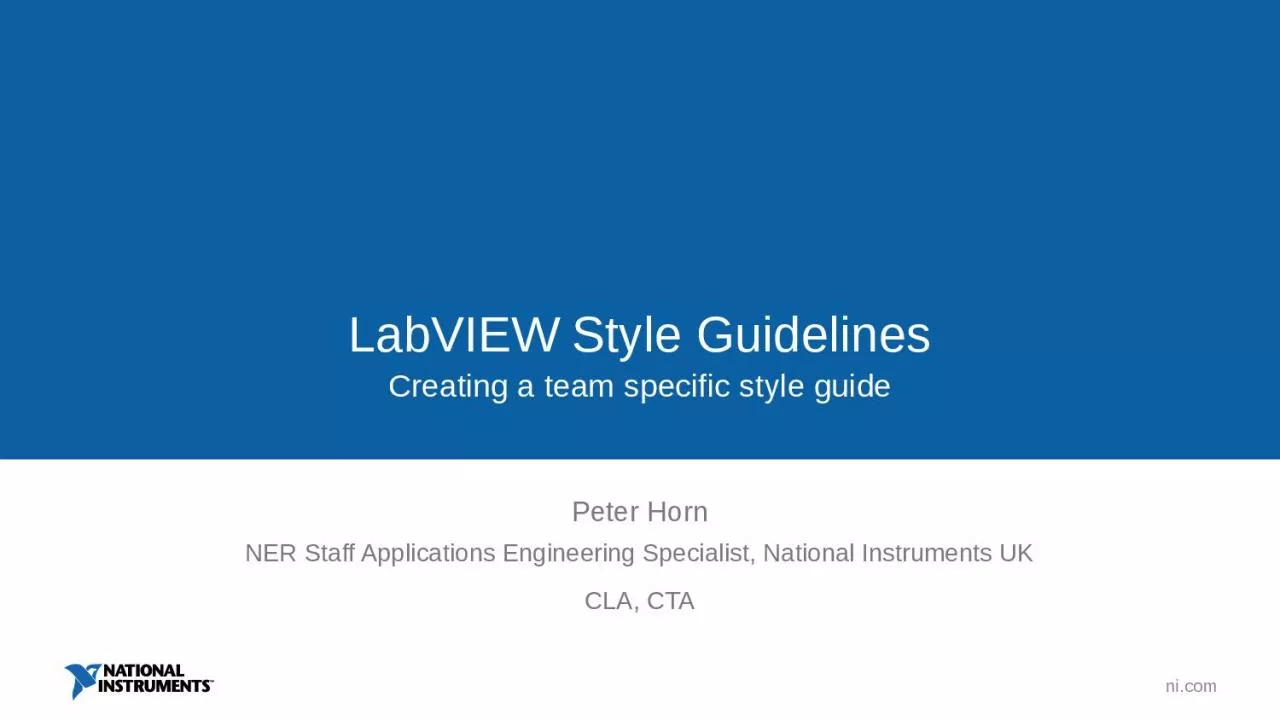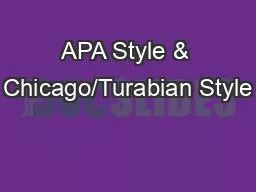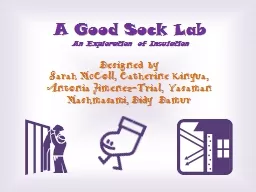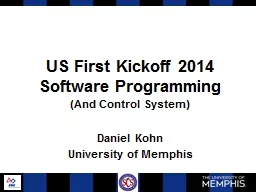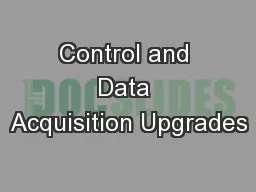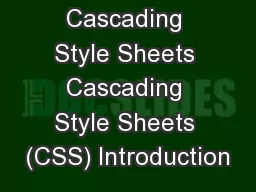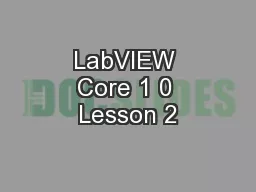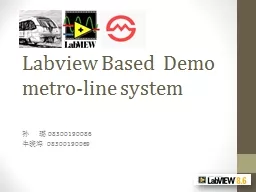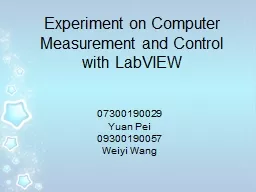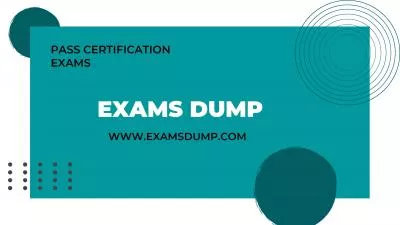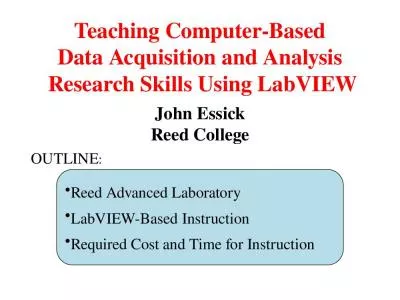PPT-LabVIEW Style Guidelines
Author : ava | Published Date : 2024-02-02
Creating a team specific style guide Peter Horn NER Staff Applications Engineering Specialist National Instruments UK CLA CTA About the Session Author Peter Horn
Presentation Embed Code
Download Presentation
Download Presentation The PPT/PDF document "LabVIEW Style Guidelines" is the property of its rightful owner. Permission is granted to download and print the materials on this website for personal, non-commercial use only, and to display it on your personal computer provided you do not modify the materials and that you retain all copyright notices contained in the materials. By downloading content from our website, you accept the terms of this agreement.
LabVIEW Style Guidelines: Transcript
Download Rules Of Document
"LabVIEW Style Guidelines"The content belongs to its owner. You may download and print it for personal use, without modification, and keep all copyright notices. By downloading, you agree to these terms.
Related Documents

